Browse Our Books
You can browse our books easily with any of the following filters, hover over the filters or their titles to see their descriptions.
Reading Level
Categories
Or you can use quick search or switch to advanced search for better results...
Search Results (Found 7948 results)

Quiet Fire: Emily Dickinson's Life and Poetry
When Emily Dickinson died at her home in Amherst, Massachusetts, in 1886, she left a locked chest with hand-sewn notebooks and papers filled with nearly 1,800 unpublished poems. Four years later, her first collection was published and became a singular success. Today Dickinson is revered as one of America’s greatest and most original poets. Using primary source materials, including the poet’s own letters and poems, Quiet Fire presents the life and art of Emily Dickinson to a new generation.
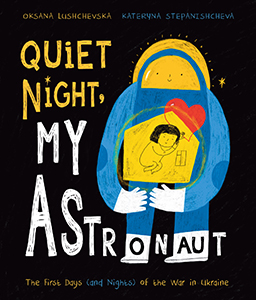
Quiet Night, My Astronaut: The First Days (and Nights) of the War in Ukraine 
This gorgeous, expressive picture book shows the first haunting days and nights of the war in Ukraine from a child's perspective. The child is scared, but will not be afraid. She believes in a higher power watching over them, keeping them safe--her astronaut. As she narrates, readers get a tender glimpse into a life on the front lines, one filled with love and trauma, fear and hope. A much needed perspective from Ukrainian author and illustrator.
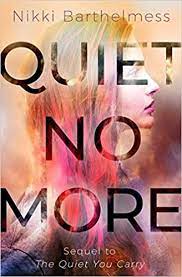
Quiet No More
College freshman Victoria Parker is moving on with her life after surviving her father’s sexual abuse and six months of foster care. She’s navigating the adult sphere for the first time and balancing old friendships with new adventures. But when Victoria’s long-lost aunt shows up, asking Victoria to lie about her father’s assault so he’ll get a lighter sentence, Victoria’s fractured past collides with campus politics as she figures out whether and how to share her truth as a survivor.

Quiet You Carry, The
When seventeen-year-old Victoria Parker is suddenly placed into foster care, she struggles to find words for the abuse that upended her life. So she determines to keep her head down, follow her oppressive foster mother's rules, and focus on finishing high school. But when she discovers that her stepsister may be suffering the same abuse, Victoria realizes that no matter how hard she tries to move forward, the past isn't going to leave her alone.
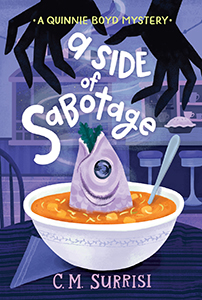
Quinnie Boyd Mysteries
In the coastal village of Maiden Rock, Maine, amateur sleuth Quinnie Boyd and her friends hunt for clues to solve local mysteries involving everything from kidnapped teachers to espresso-drinking vampires. Quinnie determinedly follows her instincts, facing dangers worse than getting grounded in her search for the truth. These hilarious and page-turning stories are the perfect whodunits for middle school mystery-lovers.
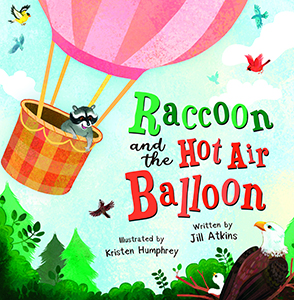
Raccoon and the Hot Air Balloon
Raccoon is in search of adventure! A hot air balloon looks like the perfect way for him to experience flying . . . but how will he get down?
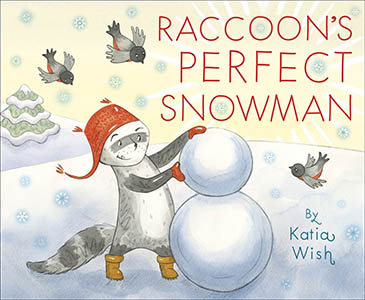
Raccoon's Perfect Snowman
Raccoon loves making snowmen. He practices all winter with his rolling, his stacking, and his decorating. He doesn't overlook any detail and his snowmen are perfect. When his friends come by, Raccoon is certain that they will also want to build snowmen. And they will need his help. But following Raccoon's directions aren't that easy. Poor Rabbit can't find the right snow (someone has used it all); Fox doesn't have the right tools (someone isn't sharing them); and Mouse can't decorate her snowman (someone has taken the best items). And that someone is Raccoon. When his friends have decided they have had enough, Raccoon realizes too late the error of his ways. But is it too late? Will his friends give Raccoon one more chance to work together to build a totally different kind of perfect snowman? This ideal-for-every-time-of-the-year story celebrates the bonds of friendship and the power of forgiveness.
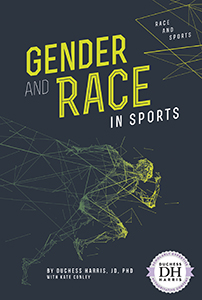
Race and Sports (Essential Library)
With the success of black athletes in sports such as professional football or basketball, at first glance it may seem like American sports are a pillar of racial equality. However, a closer examination of the industry and its structure proves otherwise. This series examines the bias, discrimination, and inequality of all non-white athletes that are ensconced (yet often invisible) in American sports. Each book aims to provide multiple viewpoints about race and sports in America, allowing readers to form their own opinions on the subject.
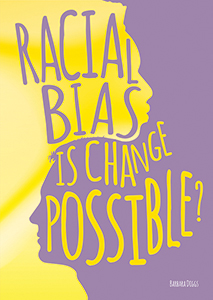
Racial Bias: Is Change Possible?
Racial bias, particularly implicit racial bias, is an insidious harm affecting people of color in virtually every area of life. This book examines the factors that give rise to implicit racial bias, the damage it causes, whether we can change, and what we can do.
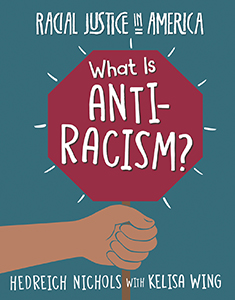
Racial Justice in America (21st Century Skills Library)
Race in America has been avoided in children's education for too long. The Racial Justice in America series explores the topic in a comprehensive, honest, and age-appropriate way. Developed in conjunction with educator, advocate, and author Kelisa Wing to reach children of all races and encourage them to approach race issues with open eyes and minds. Books include 21st Century Skills and content, as well as a PBL activity across books. Also includes a table of contents, glossary, index, author biography, sidebars, educational matter, and activities.